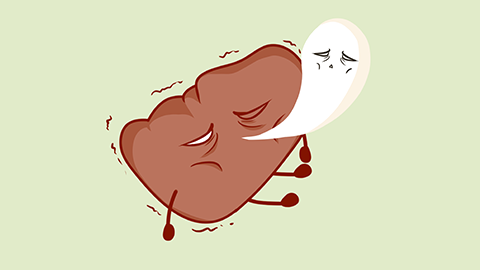What is splenic hemangioma and is it serious?
Splenic hemangiomas are common benign vascular tumors of the spleen, formed due to abnormal proliferation of blood vessels within the spleen. In most cases, they are not serious, and only a few special circumstances require attention. If concerned, it is recommended to seek medical advice early. Detailed analysis is as follows:

Most splenic hemangiomas are small in size, grow slowly, cause no obvious symptoms, do not invade surrounding tissues, nor undergo malignant transformation, thus having no significant impact on health. These hemangiomas are usually discovered incidentally during routine physical examinations and typically do not require specific treatment—regular follow-up monitoring is sufficient, and they do not affect normal daily life or life expectancy.
However, in a minority of cases, larger splenic hemangiomas may compress adjacent organs, causing symptoms such as abdominal distension or pain; or, due to their special location and rich vascularity, carry a risk of rupture and hemorrhage. In rare instances, giant hemangiomas may impair splenic function. These situations warrant greater attention and require timely evaluation and targeted management.
After detection of a splenic hemangioma, imaging studies should be completed to clarify its size, location, and morphology. If symptoms such as worsening abdominal pain or hematemesis occur, prompt medical evaluation is necessary to rule out rupture or other complications.




